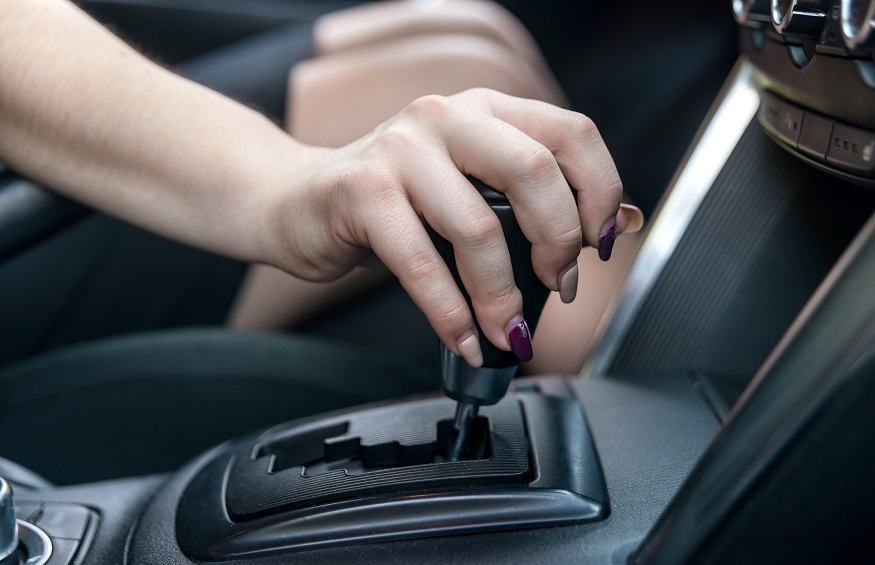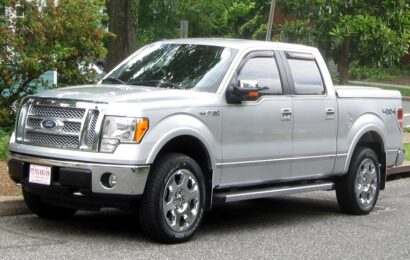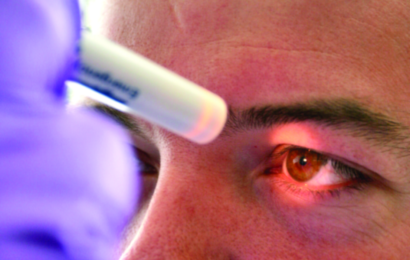A quick and simple guide that tell you how to drive a manual vehicle
Manual gearboxes may be common, but automatic gearboxes have become more popular. This could mean that the art of driving stick shifts is in danger of disappearing.
You don’t need a manual to drive a car. These tips will help you get started.
You can learn how to drive a manual car by visiting Ltrent Driving School .

Before you begin
Three pedals are typical for manual cars: brake, accelerator, and clutch (in that order, from left to right).
It’s easy to use the accelerator and break pedals. Press the brake to slow down, but not as hard as the accelerator to increase engine revs. The accelerator will accelerate your engine and make it more powerful.
The clutch pedal is what makes driving a manual car harder than driving an auto.
The clutch is two plates of metal that connect the engine and the drive wheels.
By pressing down on the clutch pedal you are disengaging the engine from your wheels.
Nine steps to driving a manual car
- Put your seatbelt on and get in the car
- Turn the key until the engine turns.
- Place the clutch pedal down (this is the pedal to the left).
- Move the gear stick into the first gear
- To increase engine revs, press your right foot on the accelerator.
- Slowly lift the clutch pedal with your left foot, until it vibrates gently
- This vibration is called the car’s “bite point” – it is where the clutch plates begin to come together.
- The handbrake should be removed and the car should begin to move slowly.
- You can increase the revs and slowly lift your foot off of the clutch unit. This will allow you to move forward using only the accelerator pedal
- Keep in mind that if you don’t put enough power into the engine, or if your clutch is too fast, the car may stall.
- If the engine is stuck, apply the brakes and turn them off. Then, put the gear stick in neutral, turn the engine on, and start the process over again.
How to prevent damaging the clutch
You’ll become familiar with a car’s clutch over time and will be able to tell where it bites, how much power it needs to move, and how high.
Although it sounds difficult, you will soon get a good feel for it through practice.
It’s possible to damage the clutch if you don’t take care. This will cost at least PS300 and sometimes even four figures for some cars. These tips will ensure your clutch lasts for at least 100,000 miles.
Do not use the clutch to keep the car from rolling on hills, or to push the car forward at junctions.
It’s tempting to keep the clutch at its bite point while you wait at a junction or in traffic. This will allow you to make a quick getaway when it is possible. This can lead to unnecessary wear, especially if it’s done often.
Put the clutch on when you are ready to pull away, then stop.
When you stop, don’t let the clutch slip.
It’s tempting to put your car in gear, but keep your clutch pressed when you are stopped in traffic.
However, this puts a lot of pressure on the clutch release bearing. It could wear quickly if it is done regularly.
Reduce revs to a minimum
Many drivers use too many accelerators to avoid stalling, particularly during hilly maneuvers.
This can lead to excessive wear of the clutch plates.
To get your car moving, you only need to rev the engine to the minimum. Most cars can drive without the accelerator if you are gentle enough.









